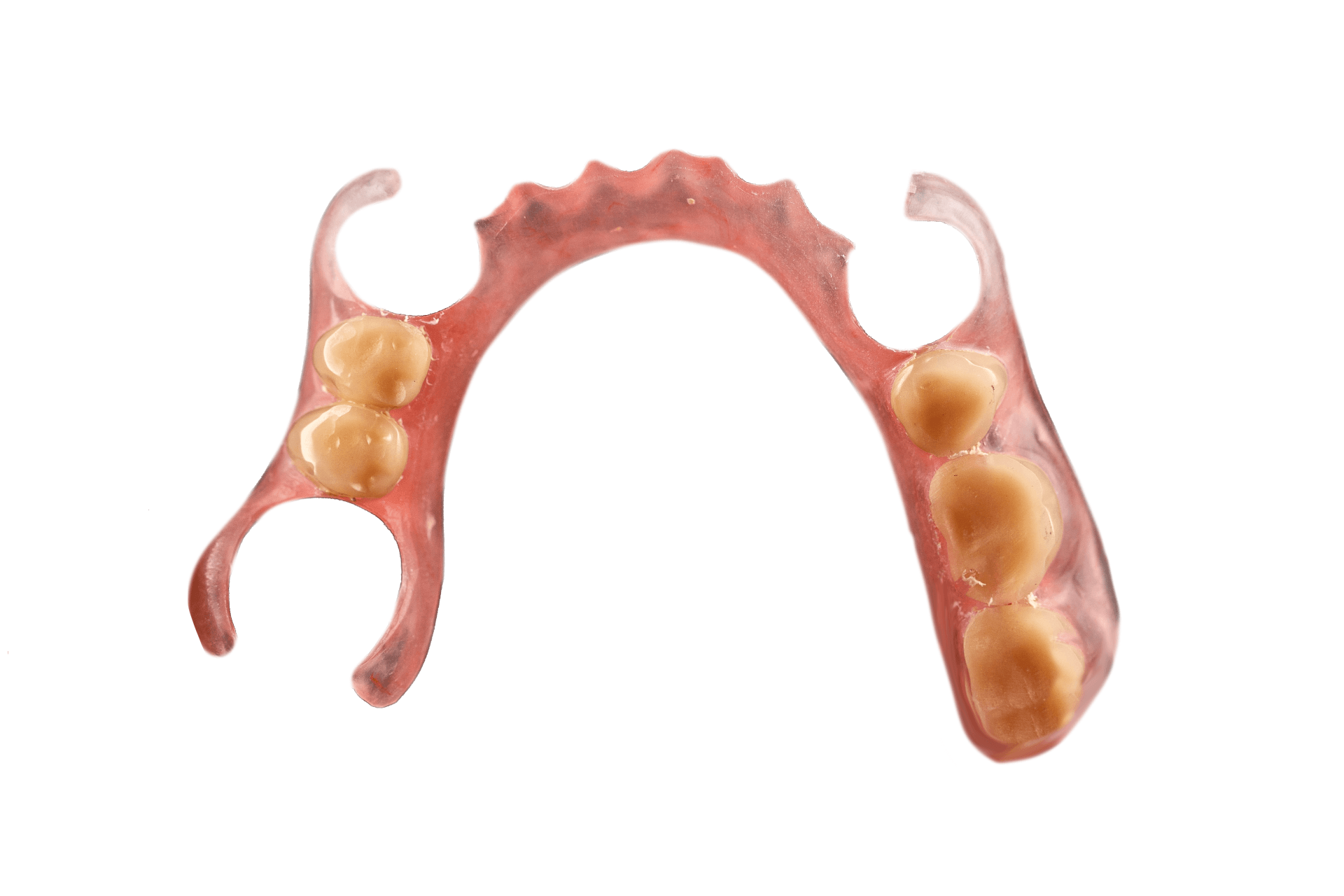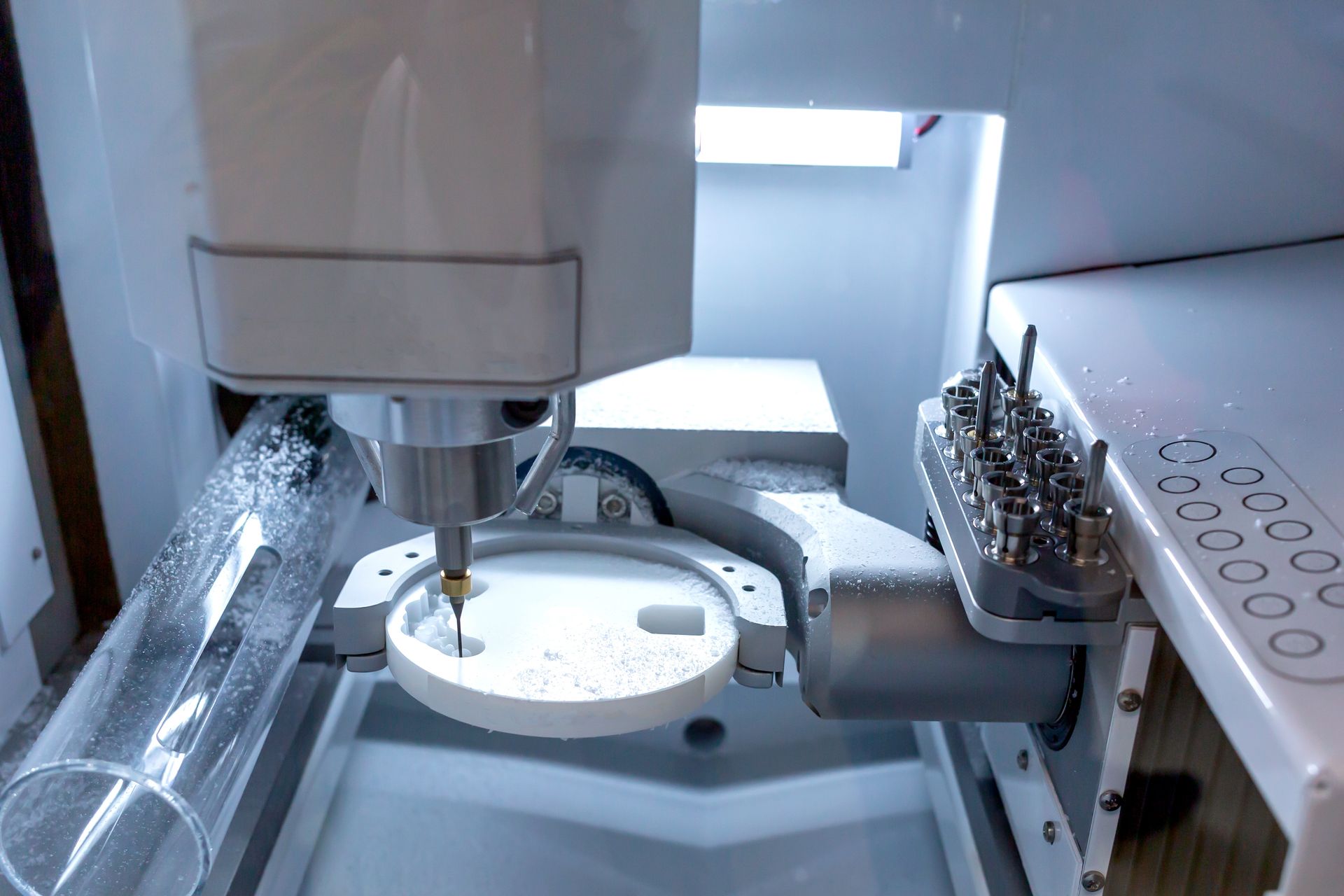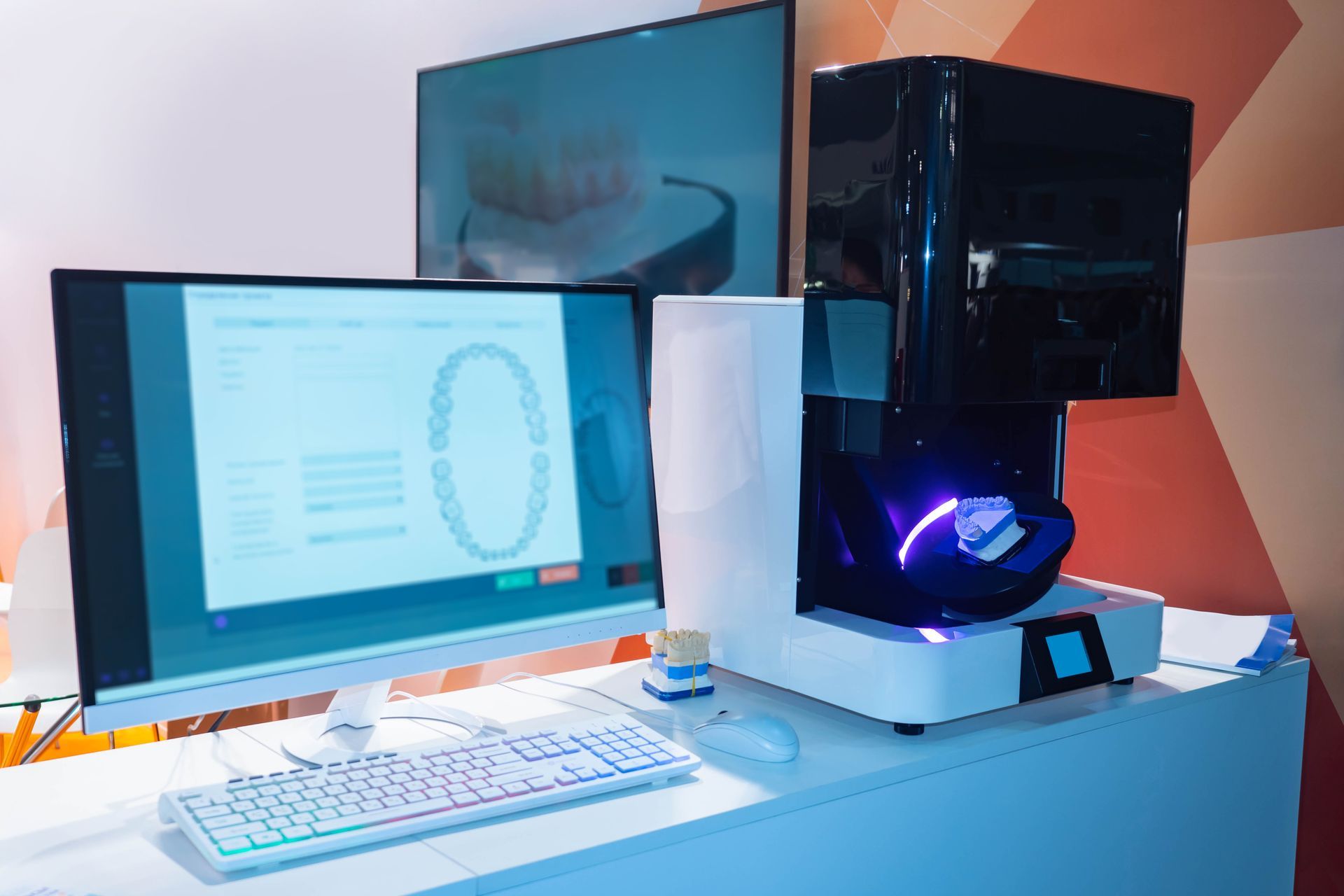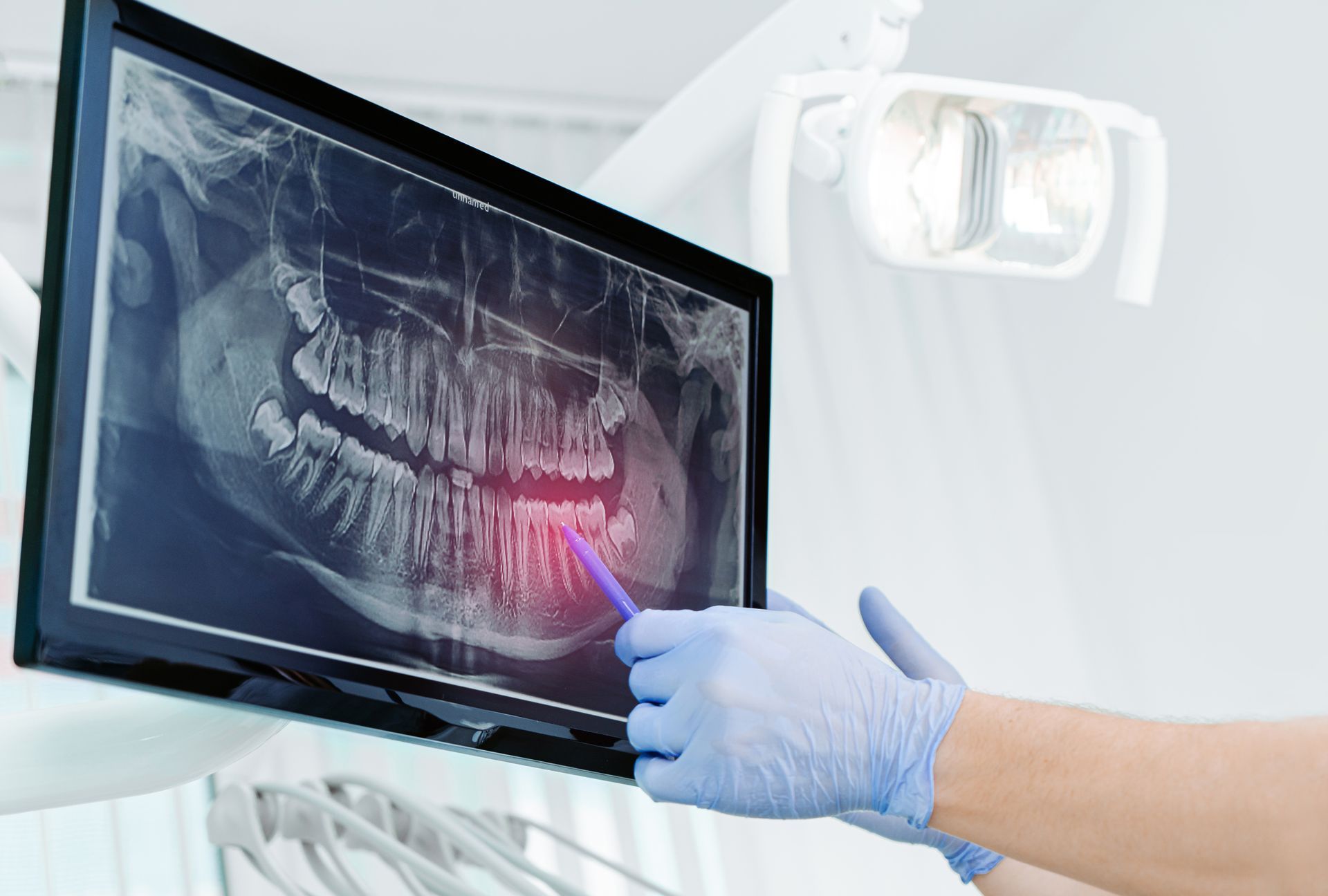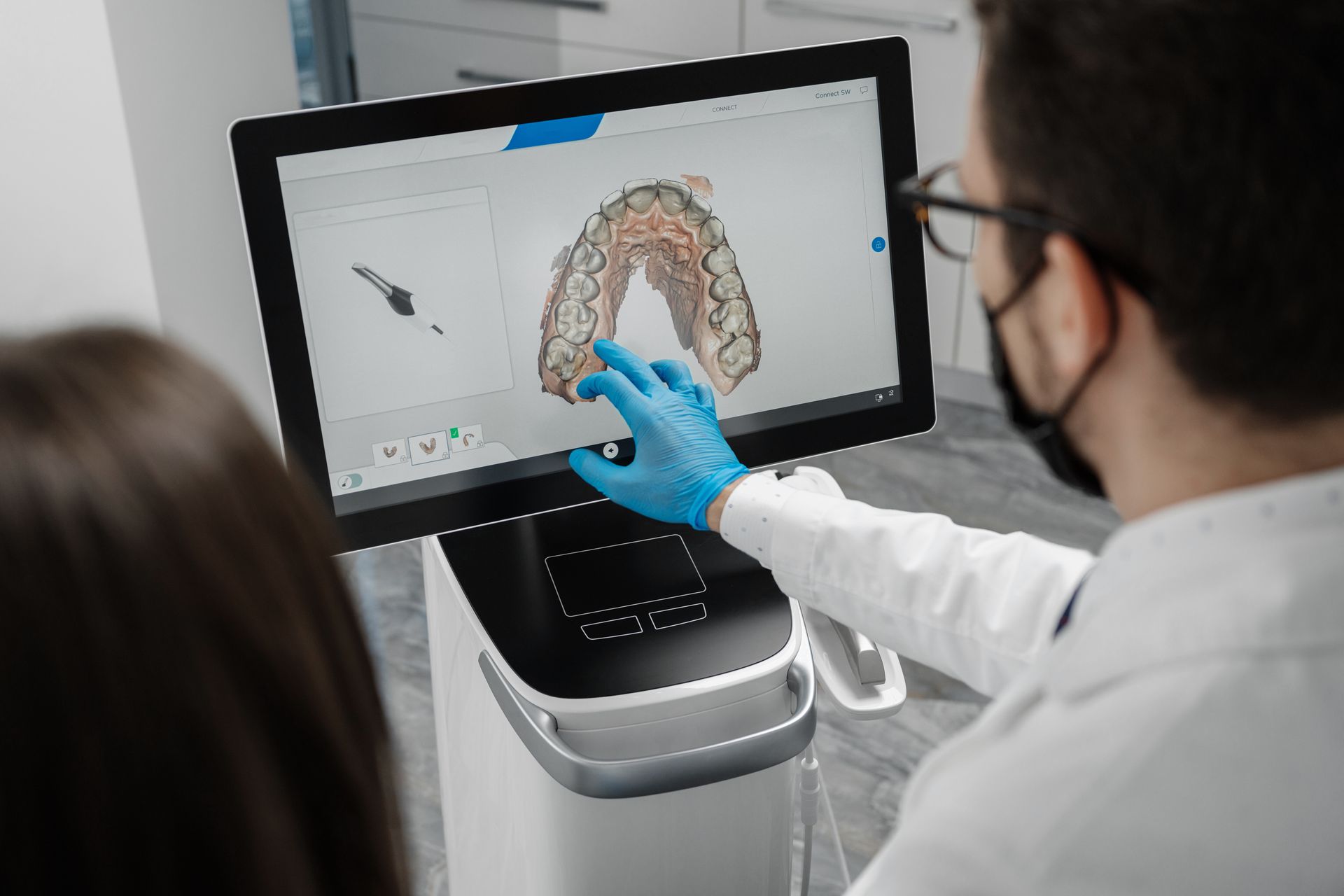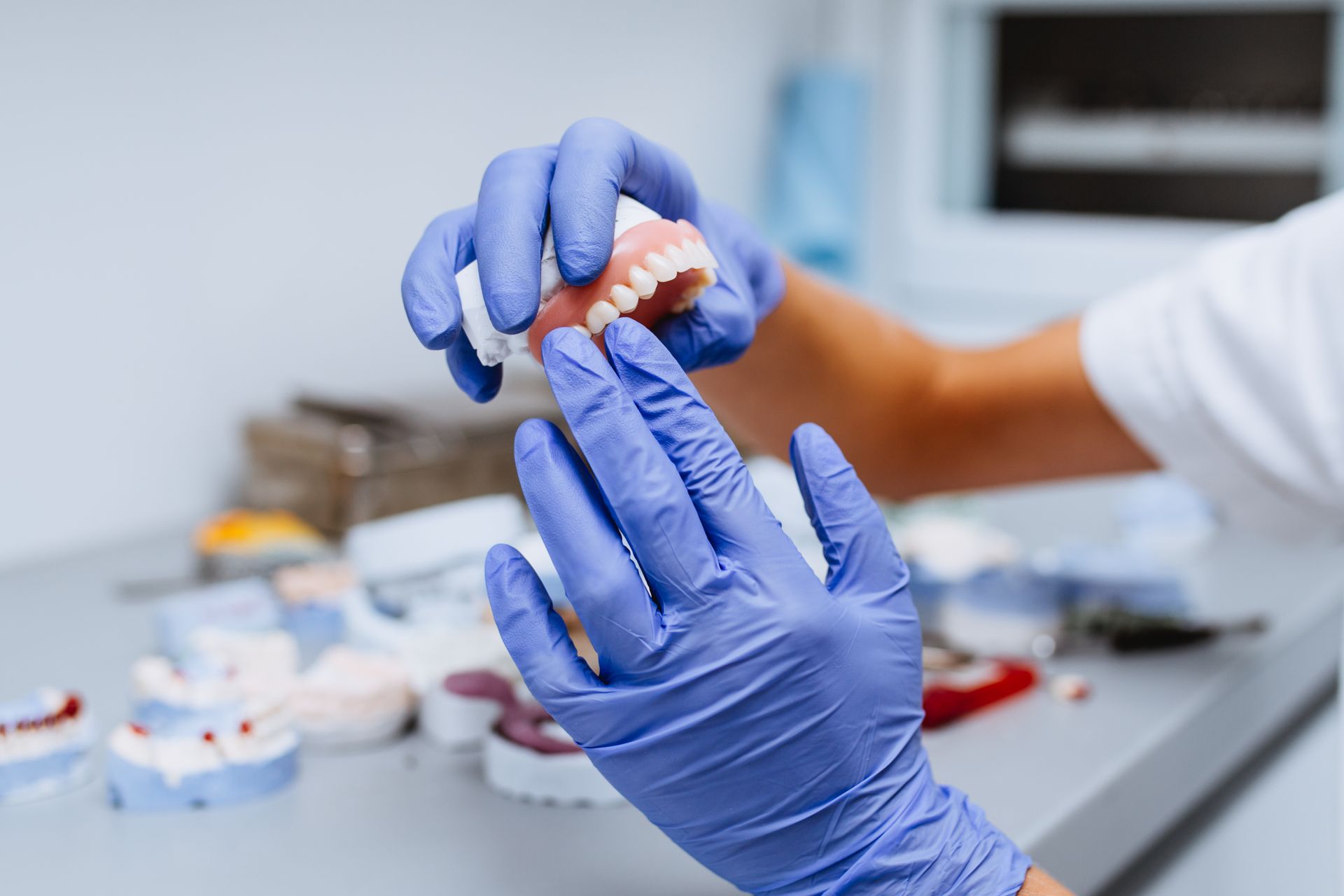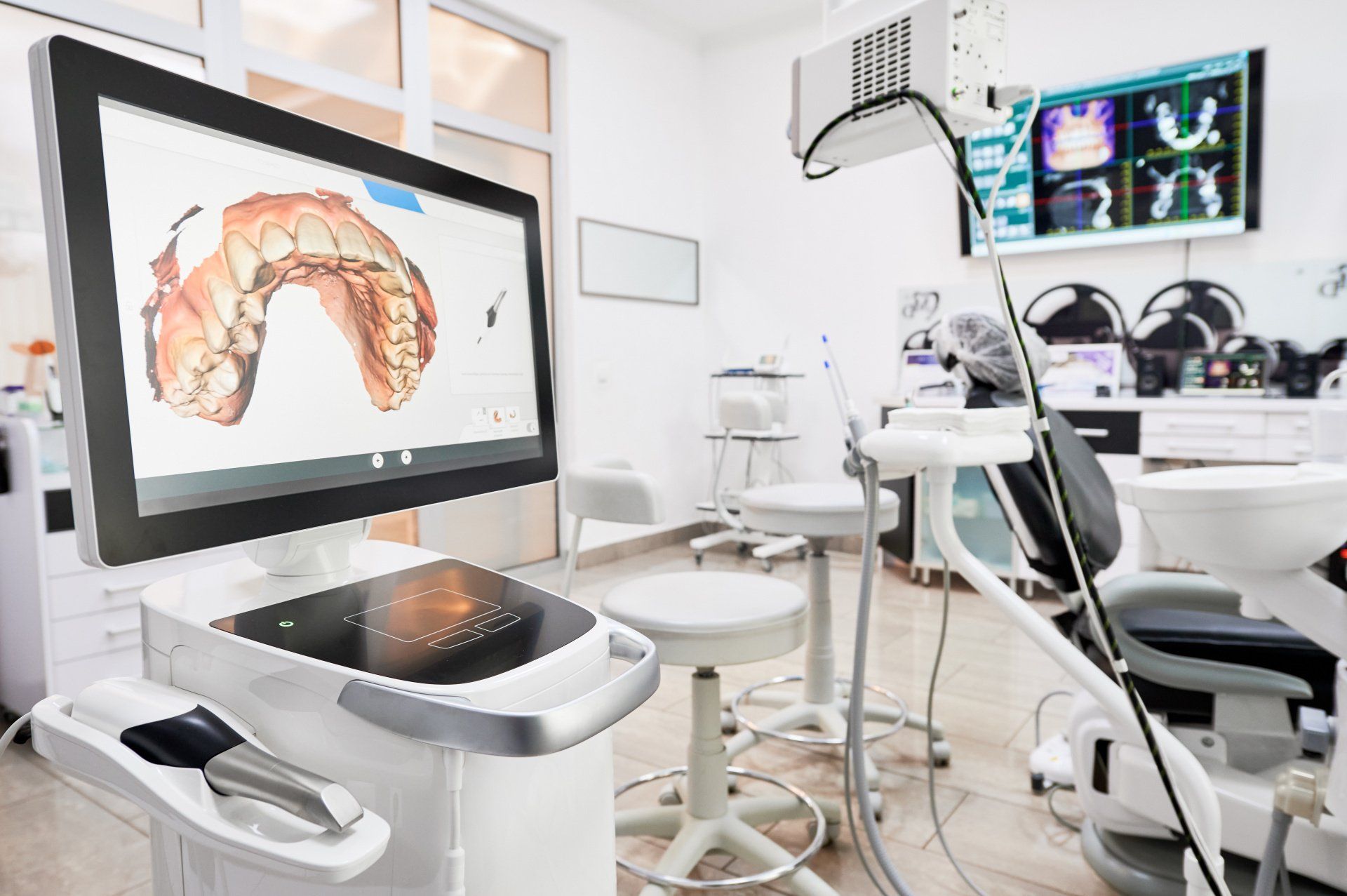Thermoplastic Partial Dentures: Understanding the Advantages and Disadvantages
Losing a tooth can affect our lives in more ways than one—it can be an embarrassing sight, and it affects the way you bite and chew. Moreover, a missing tooth also affects the positions of your other pearly whites, so getting dental implants or dentures is always necessary if you want to maximize your comfort and enhance your everyday life.
Traditional dentures have long been available in the market, and they’re relatively inexpensive ways to correct missing teeth. However, dental technology has developed throughout the years and has introduced alternatives that ensure efficiency, hygiene, and comfort. One of these products is the thermoplastic partial denture.
What Are Thermoplastic Partial Dentures?
Thermoplastic partial dentures are relatively new but otherwise established alternatives to traditional prosthetic devices. They’ve been in use for more than 30 years and are rising in popularity today. These prosthetic devices consist of flexible and ultra-thin thermoplastic nylon resin. They’re safe, free from BPA, and biocompatible, making them ideal for patients with allergies or sensitivities to particular materials.
The Advantages of Thermoplastic Partial Dentures
Thermoplastic partial dentures have many significant advantages over conventional prosthetic devices. Here are a few of them:
1 - They Ensure Maximum Patient Comfort
The thin and flexible thermoplastic nylon resins in these dentures rest more comfortably in the mouth compared to the rigid acrylic materials in the traditional models. Many patients feel that these materials seem to disappear in their mouths, so speaking and eating are not problems with these devices.
These dentures cling to the wearer’s gums, so attachments, clips, and adhesives are not necessary. Moreover, they’re more aesthetically pleasing due to the more natural and adaptive colors.
2 - They’re Durable and Suitable for Long-Term Use
Thermoplastic resins are strong and resistant to breakage, making them more suitable for long-term use than traditional partial dentures. Moreover, these materials tend to be stable in color and can tolerate stains better than conventional prosthetics. Because they’re not rigid, they can handle more wear and tear.
3 - They Do Not Absorb Odor
One of the primary concerns of patients when it comes to traditional dentures is that the devices tend to smell funny when they take them out. However, this is not a problem with thermoplastic partial dentures because the materials do not absorb odor.
The Disadvantages of Thermoplastic Partial Dentures
The benefits of thermoplastic partial dentures are undeniable, but they also have their drawbacks. These include:
1 - They Are Prone to Bacterial Buildup
Many dentists advise against flexible partial dentures if the patient is particularly prone to gingivitis (gum disease) because the materials tend to harbor bacteria if the wearer doesn’t exercise proper care.
You can protect your thermoplastic dentures against bacterial buildup by taking them out twice per day and brushing them with water and a soft toothbrush followed by mouthwash.
2 - They Can Be More Costly
Because of their advanced materials, along with the fitting and finishing time in the lab, thermoplastic prosthetic devices tend to be slightly more expensive than traditional dentures. However, their benefits are often worth the price.
Get Flexible Partial Dentures from a Full-Service Dental Lab
Flexible thermoplastic dentures are some of the most convenient devices one can use to remedy missing teeth. They have their benefits and drawbacks, so weighing out their pros and cons is essential to determine if they’re right for you.
If you’re looking to
get flexible partial dentures in the US, Vitality Tech LLC has you covered. Our full-service dental lab will provide you with the most advanced and innovative designs and solutions for your oral health. Request for our pricing today!
